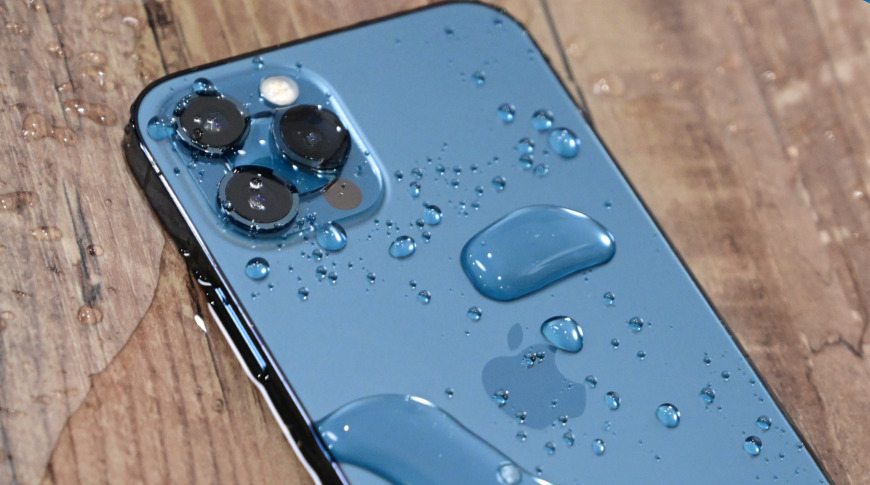The issue first. You'll have heard of the 'Right to repair' campaign? For the last three years Apple has been ramping up the number of components in its iPhones that have their own serial numbers, paired digitally with the phone motherboard, the idea being to ensure quality. There's plenty here to discuss, but on with Hugh's video first:
If you got a little confused there in the middle then you're not alone, but the take away is that a modern iPhone's motherboard is paired with:
- battery
- display
- front cameras and Face ID system
All three are a big deal, though realistically only the first two are going to fail on a real world user's phone. Apple does this pairing to avoid the situation where, say, a display is cracked and the user decide not to pay Apple $300 or so for a replacement but to go to a local third party phone repairer, with the promise of a display that, in theory, could be fitted for half this price. The problem, as Apple sees it - rightly, in my opinion - is that the original (Samsung-made) display is absolutely top spec, in terms of colours, tuning, contrast, refresh rate, viewing angles, dynamic range, and so on. So if a repairer were to put on a cheaper but theoretically compatible display then the iPhone experience would be significantly affected and the compromised device would give the company a bad name. Ditto a replacement battery that perhaps only lasted half the time of the original, despite claiming more capacity.
So Apple has its software do checks against the originally paired serial numbers and various functions then get disabled if the numbers don't match. And when Apple repairs a phone they - obviously - have special tools to register the serial numbers of the new/repaired/replaced parts.
So I'm with Apple here. I'd hate it if I made a product that other people kept repairing poorly and then people (potentially) came to me complaining.
Then there's the whole IP68 waterproofing aspect - Apple does more than any other manufacturer to make sure that water doesn't get into its iPhones, with the 12 and 13 series even rated down to 6m of water (pressure) for half an hour. It can achieve this through tight tolerances, specific glues and lubricants, and there's very little chance that a third party repair can get close to restoring all this after the smartphone has been taken apart.
Whereas when Apple itself repairs an iPhone, they have special tools to re-apply protection to factory specifications, and so the company can still stand behind its waterproof guarantee. I do remember the days of the early iPhones, where I could take one apart with just one screwdriver to replace a battery, to replace a screen, or dry out the internals after a family member had accidentally dunked the phone... again.
But almost all phones over about £300 are fully waterproof nowadays and that - overall - has to be a good thing. There are no worries when using a phone in the rain or while washing up or even in the bath, no need to be paranoid about water contact. Heck, you can now just rinse off a dirty phone under a tap (though I'd suggest a 'wet wipe' instead)!
Hugh's argument is that if you 'own' the phone then you should be able to repair it with whatever spare parts you like. But while in principle this is a good stance, and one which works well with simpler consumer goods - think washing machines, ovens, lawn mowers (etc.), a modern smartphone (and especially an iPhone) is now so massively complex that you can't just go bolting in bits and pieces from various sources. The same applies to Tesla (and indeed many other modern) cars, to (famously) John Deer tractors, and other complex items.
So yes, we own our smartphones in that we can keep them forever, we can sell them on, drop them from a helicopter or whatever. But although we have the right to try and open them up and fiddle about we shouldn't expect them to work fully thereafter - or be anywhere near as waterproof!
And where Apple clamps down, others are following. We've seen just this week reports that Google's upcoming Pixel 6 range will have their rear camera module paired to each phone's motherboard, and for much the same reasons as on iPhones - so expect more of this in the future.
This is a controversial issue of course. Your comments welcome.

